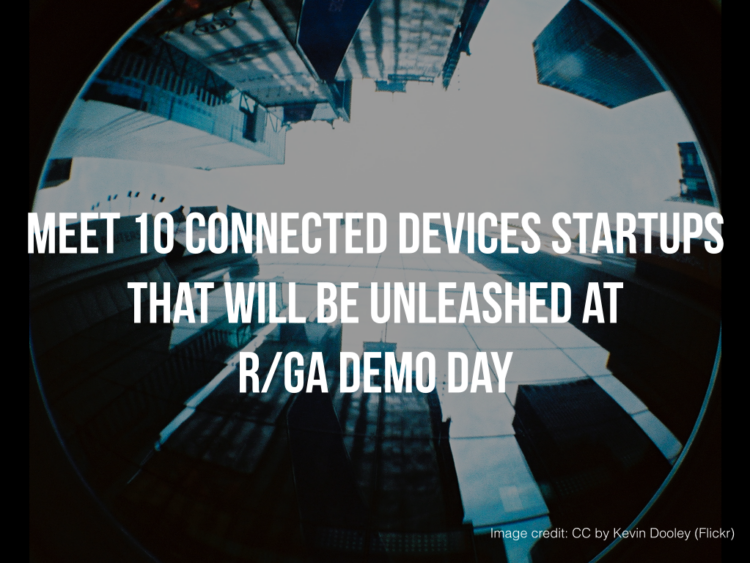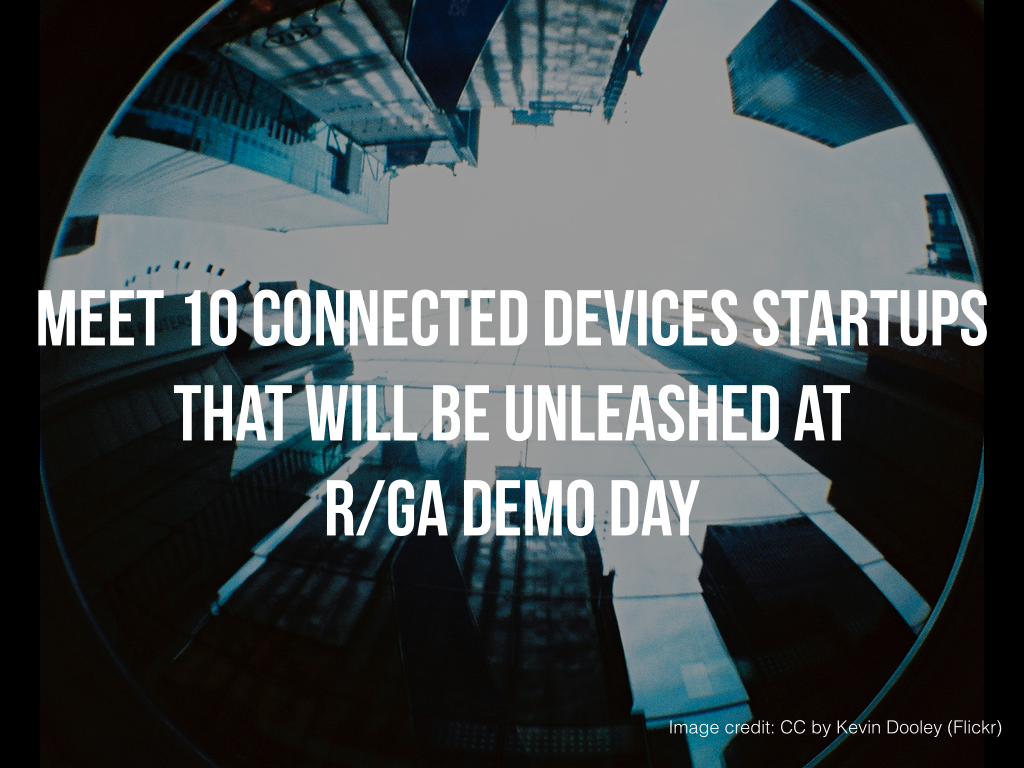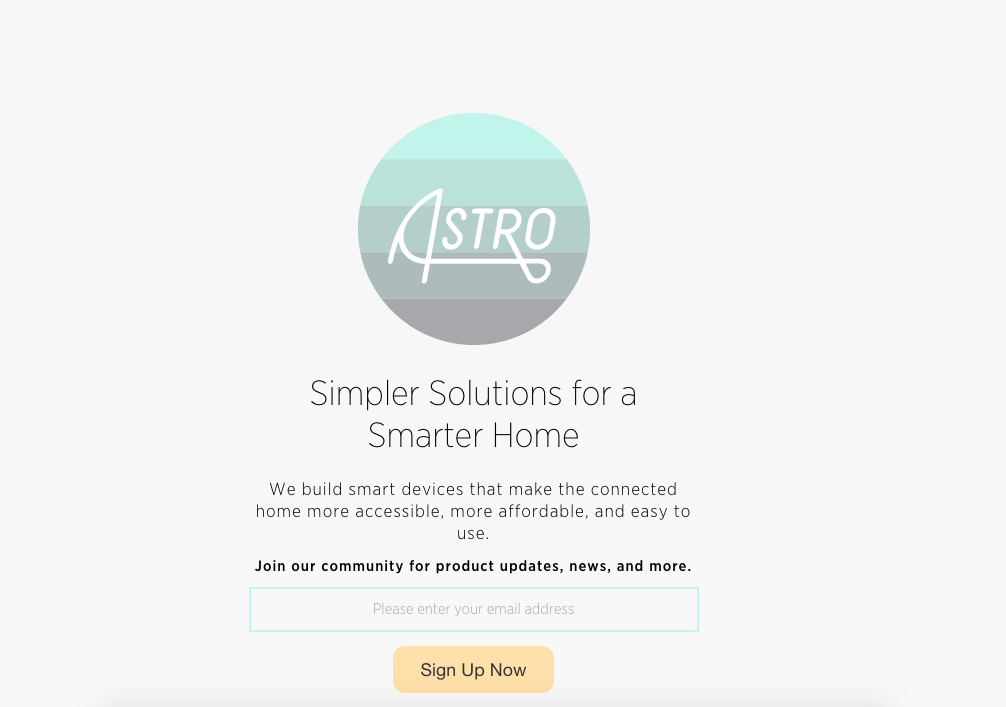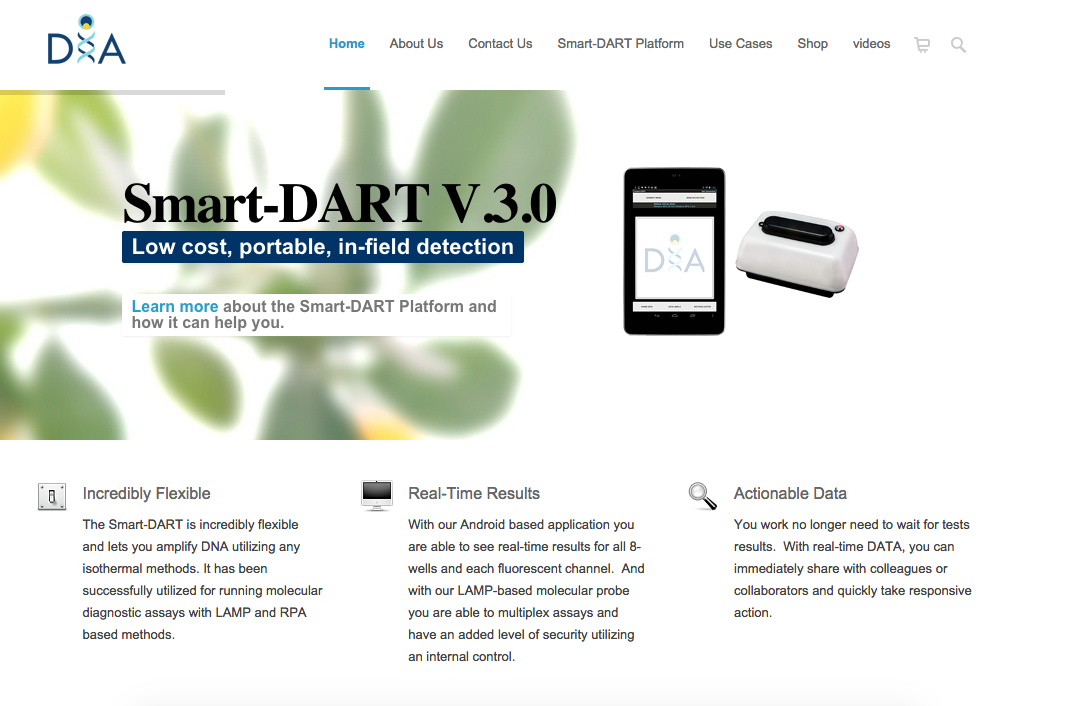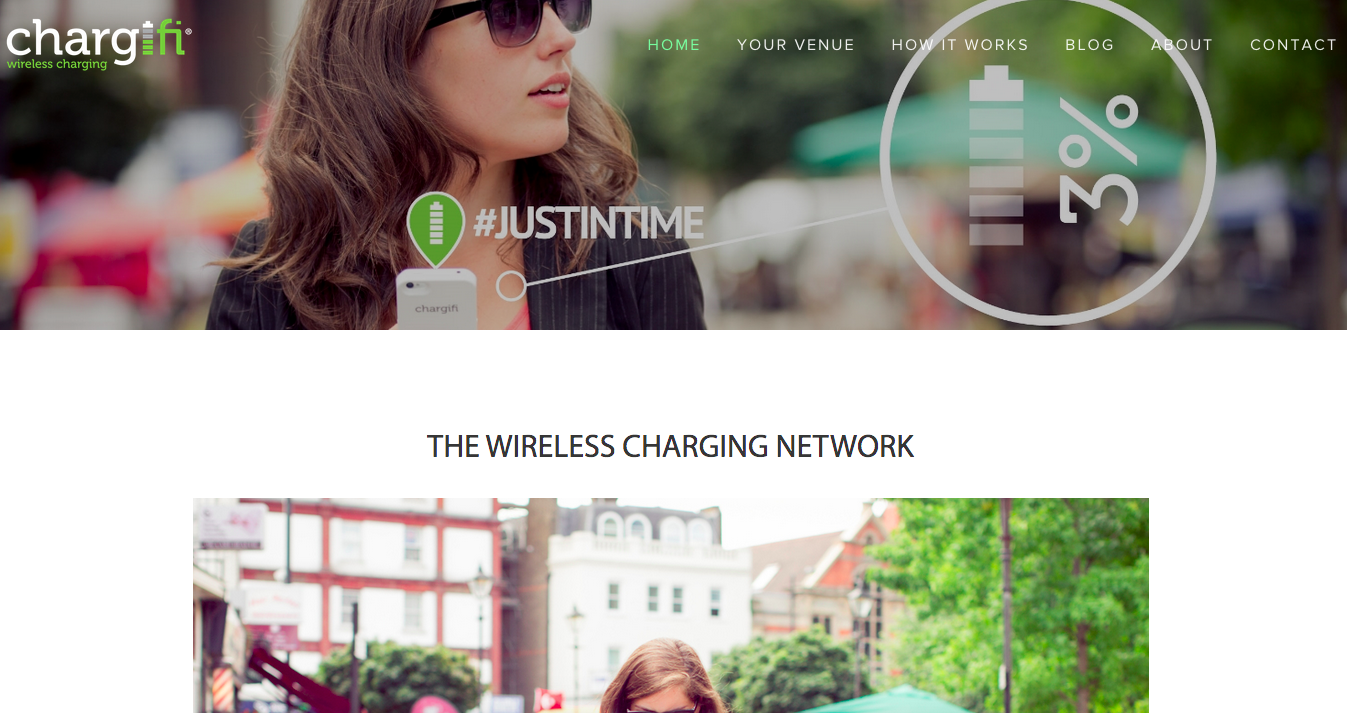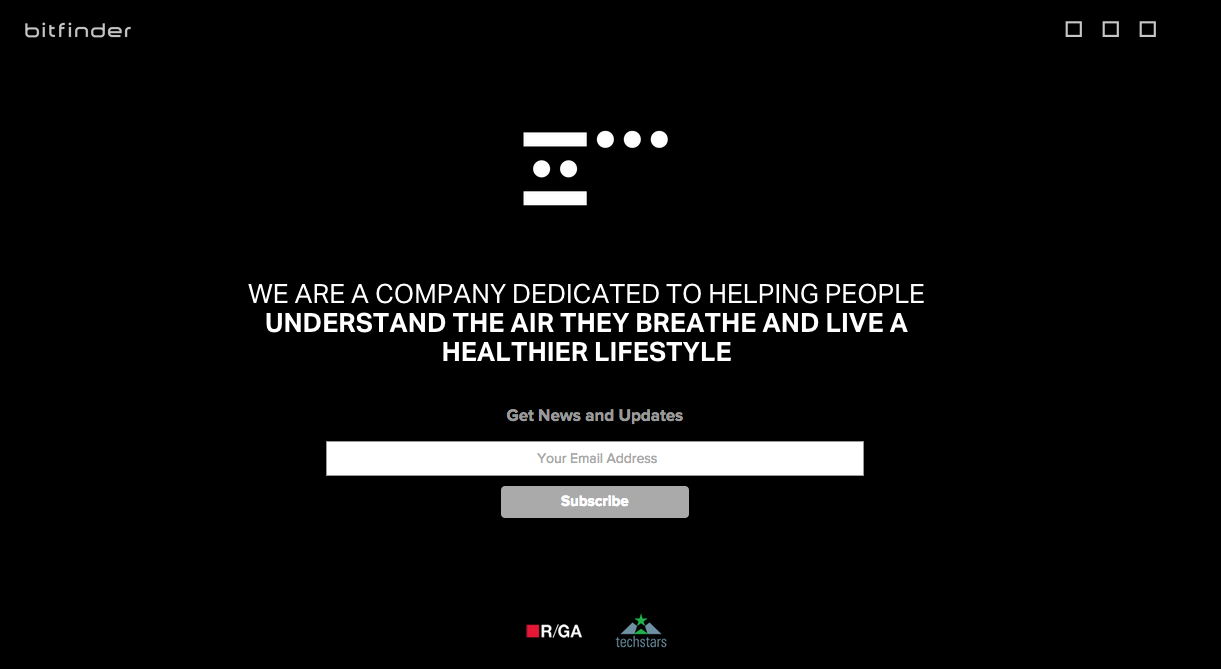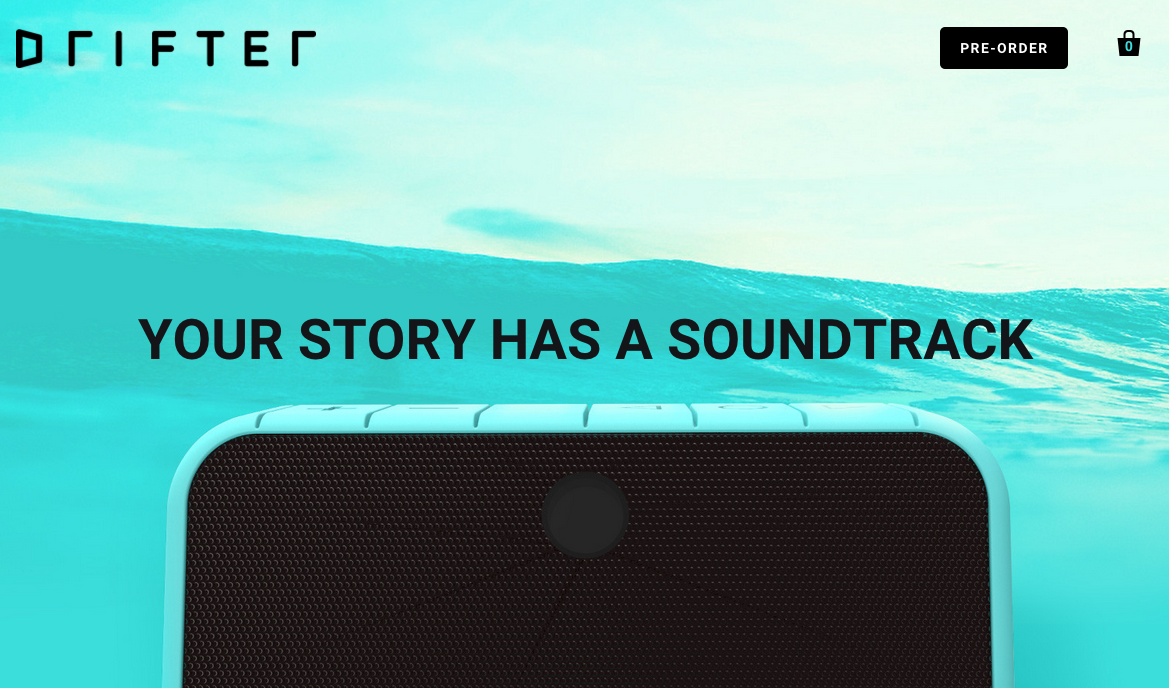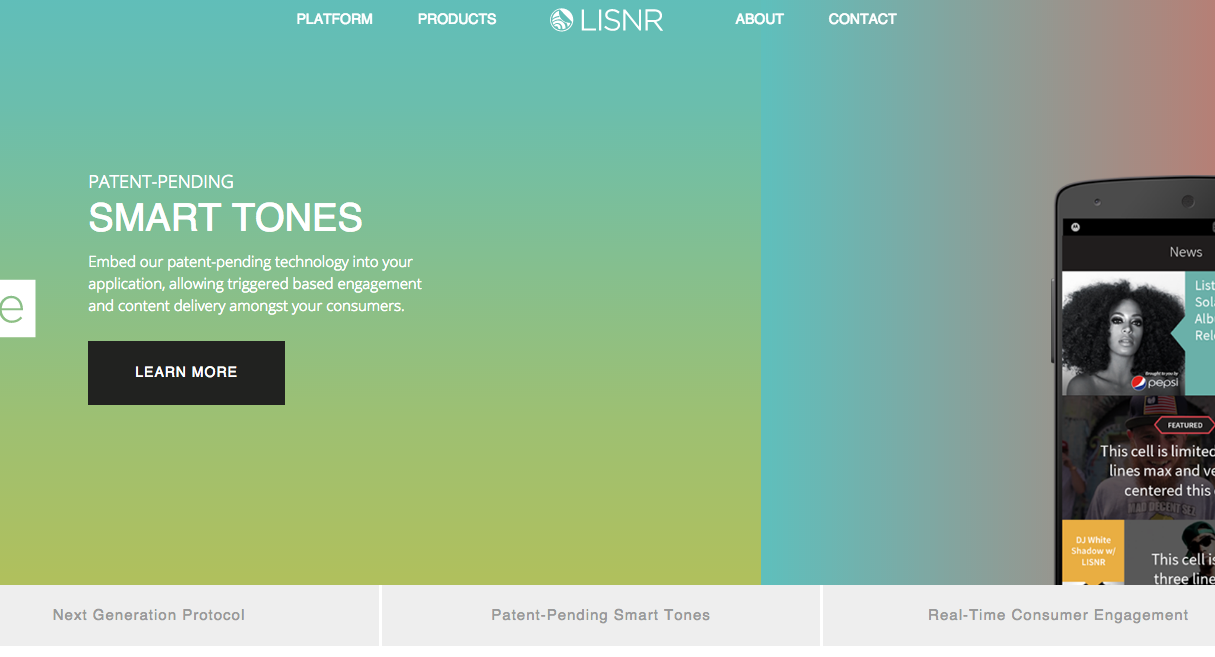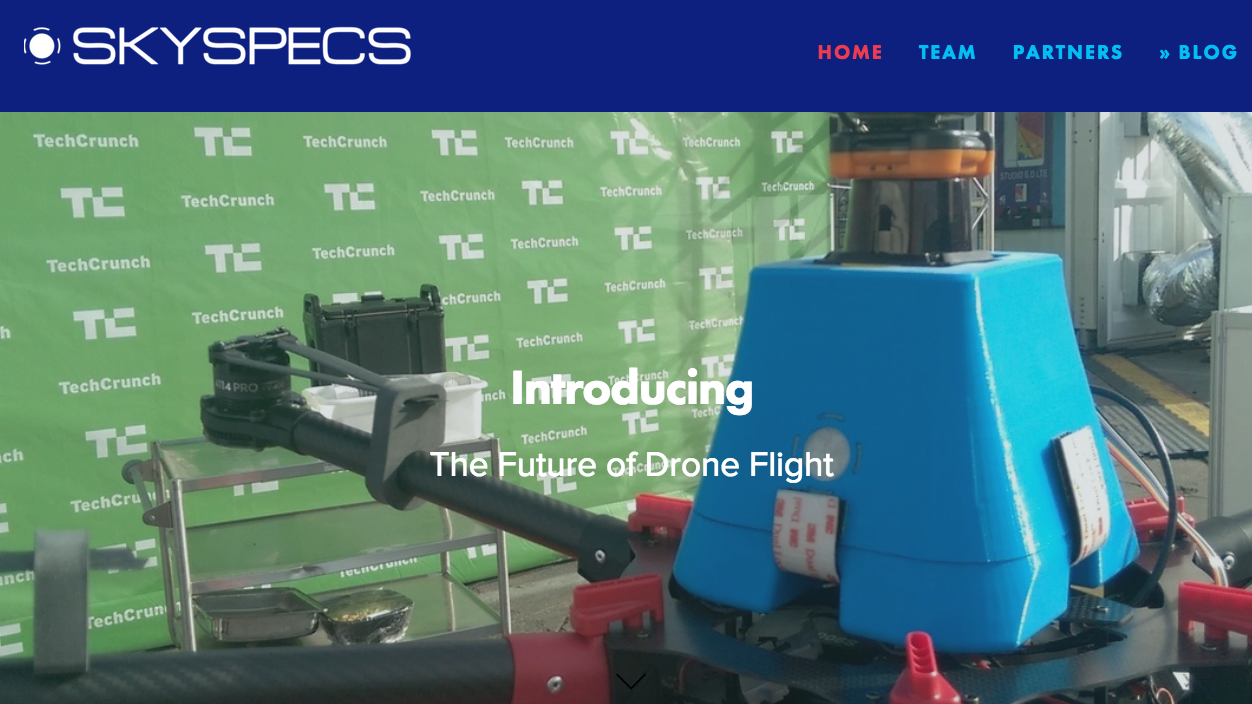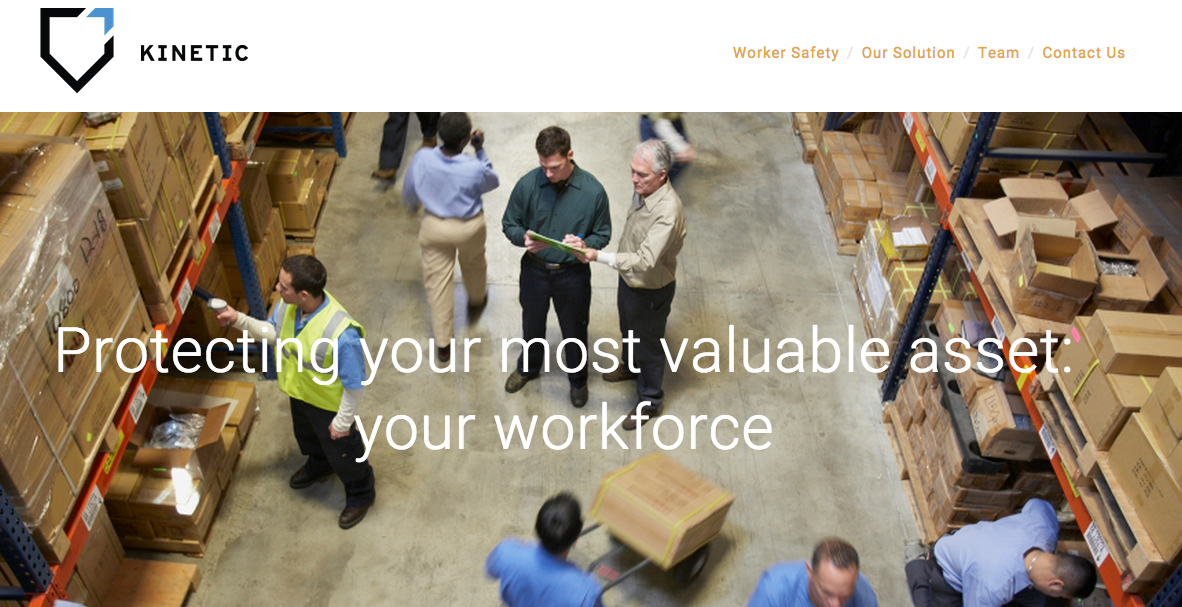Accelerators can be great, but hardware and devices connected to the Internet of Things are a whole different beast. When it comes to business, we’re not talking enterprise but rather, workplace and/or consumer safety – so it better work. When it comes to products designed for the home, it not only has to work: it has to be something that people can live with, and that won’t stand out like a sore thumb.
You’re looking at a whole different set of challenges here, and from what we’ve seen, the 9 companies in this latest class of R/GA Accelerator companies, powered by Techstars, were up to it.
They came from near and far to participate, from London and Hawaii, Seoul and Silicon Valley. New York is the place that makes it happen, and Managing Director Jenny Fielding made it all work.
Stand back, because from what we’ve seen, these companies are going to blow you away and raise the bar in the industry at large.
CLICK HERE TO SEE THE 10 HOTTEST CONNECTED DEVICE STARTUPS IN NYC RIGHT NOW
Astro
Good things come to those who wait and Astro, who is taking a different approach to the smart home, will be rolling out their first product mid-May, so they’re staying under the radar, for now. What we can tell you is that the company is taking a contrary view of the connected home and let’s face it: there are 100 million Americans who are renters rather than home owners, and who represent a market for connected devices that can be easily installed – and uninstalled, no hub required.
No routers or bloated feature sets, either. And by taking a simple, uncomplicated – ok, smart – approach to outfitting the smart home, Astro intends to be the brand of brands.
And spring is just around the corner.
Diagenetix
Food producers are struggling to detect pathogens that are impacting their crops – and our global food safety. Every year, hidden pathogens cost farmers $75 billion in crops, what to speak of the millions of people who get sick from them. Today, farmers are testing for pathogens by mailing in a test kit that takes 5 days to get results and costs $70 each.
Diagenetix is changing that and transforming microbial disease testing. The company’s first product, BioRanger, is an onsite testing platform that delivers immediate results and costs just $10. It can detect pathogens in food and livestock – anything that’s DNA-based – and the data is delivered in real time.
It can also detect food fraud, cofounder and CEO Scott Shibata pointed out. It’s a big concern among buyers and restaurateurs, who certainly don’t want to pay for cod and get stuck with tilapia.
Fraud is an especial concern among people who purchase fish.
Thanks to the group’s participation in the accelerator program, they currently have three pilots going and researchers using the device. Which is good news for us all.
Chargifi
In this day and age, who doesn’t have a cell phone? Wifi is becoming more ubiquitous, but there’s still another problem with those phones and tablets we can’t seem to leave home without: battery life. Sure, you can nip into a coffee shop or bar, but there are just so many outlets to go around. It’s no wonder that these venues have a love-hate relationship with their customers’ power needs.
Chargifi brings people convenient power where and when they need it most. From coffee shops, to hotels, stadiums, and airports, ‘chargifi spots’ for an intelligent wireless charging network enabling a venue to gather customer information, push promotions, advertising, and other content in exchange for offering wireless charging to its guests.
In other words, Chargifi does for power what wifi does for data. It’s subsurface wireless charging/transmitting for public venues.
“It’s hardware as a service,” said Tom Gregorio, the British-based company’s US director. “We’re offering a low daily fee to venues over an extended service agreement, so there’s no big upfront capital expenditure. It only costs cents or a dollar a day, so venues can see the returns in that extra cup of coffee or glass of beer.”
They’re using the Rezence standard, which can penetrate a table up to 2″ thick or less, so it’s less invasive for furniture and installation – no drilling or serious carpentry required.
Right now it works for phones and tablets, and the company hopes to be laptop-compatible later this year. Depending on the Rezence technology, they may some day in the none-too-distant future be a portal for electric-powered vehicles as well.
Bitfinder
Air quality has a direct impact on our lives — on our health, the quality of our sleep, and our overall productivity. The average person takes 23,000 breaths a day. But we have no idea what is in the air we’re breathing.
In fact, that afternoon lull you feel may not be from that hamburger you had at lunch, but rather, the higher CO2 levels in the office air that collects during the day.
The first product that the Bitfinder team is releasing is Awair, a connected device that monitors the air you breathe at home or at the office, analyzes it, and provides actionable insights and recommendations to help you improve the quality of your life.
The biggest milestone for the company, so far?
“We sold out our beta product in two days. We were oversubscribed,” said Bosung Kim, the company’s VP of design. “People were paying for the device, and we sold out in eight cities on three continents.”
That includes NYC, Seoul, Shanghai, Buenos Aires and Taipei.
The beta units sold for $59.99 (expect the price to be $149.00, once the product hits the stores) and 97% of the beta testers opened it daily – on average, 2.6 times a day.
Not only does the device measure air quality – carbon dioxide levels, particular matter, even changes in the humidity: with its proprietary algorithms, it lets you know if your air quality is a problem if the humidity has dropped significantly (for example) – and it gives personal, actionable insights and recommendations.
For example, if you’re cooking and the air is getting thick with particular matter, the Awair will suggest that you open a window.
It’ll even let you know if you’re vacuuming hasn’t been as effective as it could be. Are you collecting that pet hair, or just moving it around?
The company’s focus is on consumers and small offices – and product design.
“We wanted to make a product that people want to use and put inside their homes and feel good about it. It’s functional, and it’s lifestyle and it’s tech, but who wants to have another ugly piece of plastic at home?” said Kim.
Filament
With more and more connected devices showing up in our lives and especially in the workplace, how do you keep everything connected – affordably? Filament is an easy to use, out of the box, wireless sensor network for the industrial Internet. Companies – especially when we’re talking about industry and enterprise – are looking to bring smart connectivity to their businesses, but are finding the process complicated and expensive. The other problem is that they need to make this jump in order to stay competitive, or they will surely be out of business in 10 years. If not sooner.
One thing that changed since the Reno, Nevada-based group got to RGA/Techstars Accelerator is their company name, Pinoccio.
“We had maker/hobbyist roots,” explained Sally Carson, the company’s cofounder and CXO. “Now we’re going more towards the industrial Internet.”
Coming into program, they’d had a handful of pilots going – which they fleshed out, and which led to their major pivot, and product differentiators.
“We knew where we wanted to go,” said Carson. “RGA helped us to get there.”
What they have now is a turnkey, end-to-end, out of the box solution for the industrial internet and the easy way to retrofit an industrial infrastructure.
The next iteration of the product is going to be pocket-sized.
Freedom Audio
Here’s the thing. Given all of the devices we carry, music has become ubiquitous in our lives, and people want to be able to take their music wherever they are, no matter how extreme and rugged the environment. In some of those places, like on a surfboard or at the beach, or on a wet and windy boat ride, a phone could be damaged. The wireless speakers on the market still require a phone to be nearby.
Freedom Audio is bringing music to places it hasn’t gone before. It’s the first speaker with a touch screen and its own operating system, so you can play music without being near your phone. They call it All-Terrain Sound, which also happens to be the name of their first product. It’s already out in the market and the reason why the company is cash-flow positive.
The speaker is durable, extremely portable (it’s about the size of an iPhone) and has an internal OS and wifi, so you can take your music, or calls, anywhere. Freedom Audio is the first company whose product has all of that, plus a built-in camera.
At least, their next product – the Caribbean Sea-colored Drifter, which will be able to drift on water – will, so you can take photos, videos, and selfies. Sounds like a day at the beach? Could be – the battery lasts all day. The company is also working with Verizon Innovation – et al – so more announcement to come soon.
Drifter will be available this spring, at around $200. The price point may be in the neighborhood of so-called competitors, but their features, so far, don’t even come close.
As for what their participation in the accelerator brought them:
“We went from concept (meaning Drifter) it’ll be out in under six month of development and it’s beautiful,” said founder Adam Schwartz.
Lisnr
NFC, ACR, Bluetooth, GPS. There’s no shortage of options for developers and marketers who are trying to reach an audience. The problem: each is unique, but none are dependable or easily scalable.
Lisnr is a new communication standard between sound and devices that’s empowering businesses with a message to send. This audio beacon enables marketers to speak directly to consumers using only sound. Through tones inaudible to the human ear, a speaker can trigger an experience on a consumer’s mobile device. This means Uber could send a message to people during the last song at a concert, or a stadium can send a video of the play a fan just missed while she was in the bathroom. All, without venues having to incur costly implementations.
The technology is patent-pending and the app effectively replaces physical beacons, which are not a panacea and can easily become blocked in a crowded venue.
The Cincinnati-based company has already completed 35 pilot programs with the Dallas Cowboys, the Buffalo Sabers, Walmart, and they have a strategic partnership with Rock Nation.
The view from 10,000 feet: Lisnr is a next generation protocol that plans to eventually be a technology standard for user authentication, peer-to-peer communication, and secure data transfer for connected devices in the ever-evolving Internet of things.
“We can turn any speaker or TV or music into a beacon,” said Jillian Zatta, who does business development for the company. “It’s proximity based and time-based messaging. We’re a bit of a league of our own.”
SkySpecs
With businesses using drones more and more as their eyes in the sky – think power line inspection, cell towers, film crews who need to shoot objects close up, wind turbines – the skies are not only getting crowded, but drones today aren’t reliable enough or safe enough to do things that businesses need them to do and required a skilled pilot to navigate them. And one pilot per drone is not exactly practical, affordable or scalable and, no pun intended, but this puts them out of reach of many businesses.
Ok, pun intended.
That’s where SkySpecs’ drone avoidance software comes in. Their first product, Guardian, is a collision detection and avoidance package that can be installed on any small drone, opening the field up to even more commercial possibilities. And enabling non-pilots to safely maneuver the drones. Guardian is ‘aware’ of its environment and has the ability to automatically respond to adverse conditions and situations.
You’ve no doubt heard about airlines having near-misses with drones? Lower flying cropdusters and helicopters are at an even greater risk. Current airline communication standards don’t include drones, and they need to be able to interface with the drone platform to keep them out of the propellers.
The software itself is self-aware but not self-learning, and can be preprogrammed and the sensors keep the drones – and objects near them – out of harm’s way.
So how did the team, who came from Michigan to participate in the accelerator, find New York?
“The talent you find here is incredible, and the sheer number of investors,” said CEO Daniel Ellis.
The downside, for SkySpecs and what they’re building:
“It’s illegal to fly drones anywhere in NYC.”
By order of the NYPD, not the FAA, mind you.
Kinetic
The average warehouse worker lifts a box every 10 seconds. That’s a lot and makes them more or less workplace athletes. The problem is, they’re aren’t given anywhere near the kind of training and support that athletes receive, and the result has been a lot of injuries, which are costing companies $75 billion every year. The current approach to industrial safety is old school. There has been pretty much no innovation in the space at all, which in the age of wearable, might seem like a no-brainer.
Which is pretty much the way Kinetic saw it. They’ve been developing a smart wearable that takes over the heavy lifting when it comes to figuring out how to keep industrial athletes safe. It’s designed to reduce the risk of injury to material handling workers by way of sensors that analyze workers’ biomechanics as they lift, then provide insights to the worker and employer to enable behavior change that will mitigate injury.
Smart.
Kinetic entered the program as One Million Metrics (“we analyze a lot of data to keep workers safe,” explained cofounder and CEO Haytham Elhawary) and their solution is two-part: a wearable (and comfortable) back brace and a wrist device that interprets the information from the brace’s sensors and let’s a worker know if they’re in trouble. For example: they’re not lifting an article properly and are at risk of back injury. The data also alerts management as to who is at the highest risk of injury – and how to reduce it.
Still, don’t think of this as FitBit for the workplace.
“Having all the coolest devices, like FitBit, are nice-to-haves, but we’re solving a real problem. That’s where we think wearables will go.”
The company is about to undertake some big pilot with some large companies, including a large shipping company.
They’re still refining the bells, whistles and notifications (are workers more comfortable with a buzzer or a light, if they’re lifting wrong?), but the game changer here is – message received.
Latch
Washington DC-based Latch has developed a connected, keyless entry security platform using beacons to manage building access, providing building owners and residents with a low-cost and reliable way to distribute manage building access.
And that’s all they’re saying about it until Demo Day.


